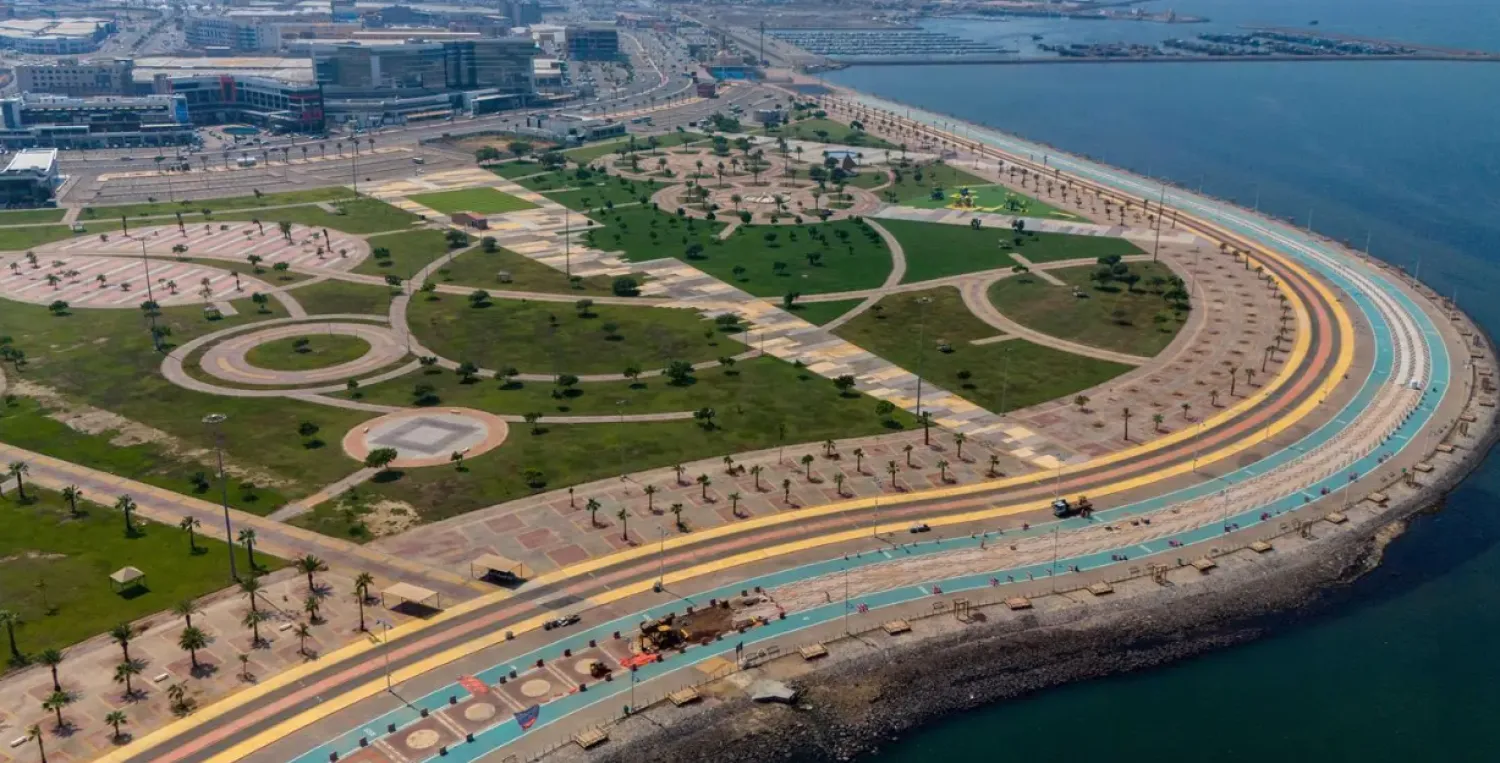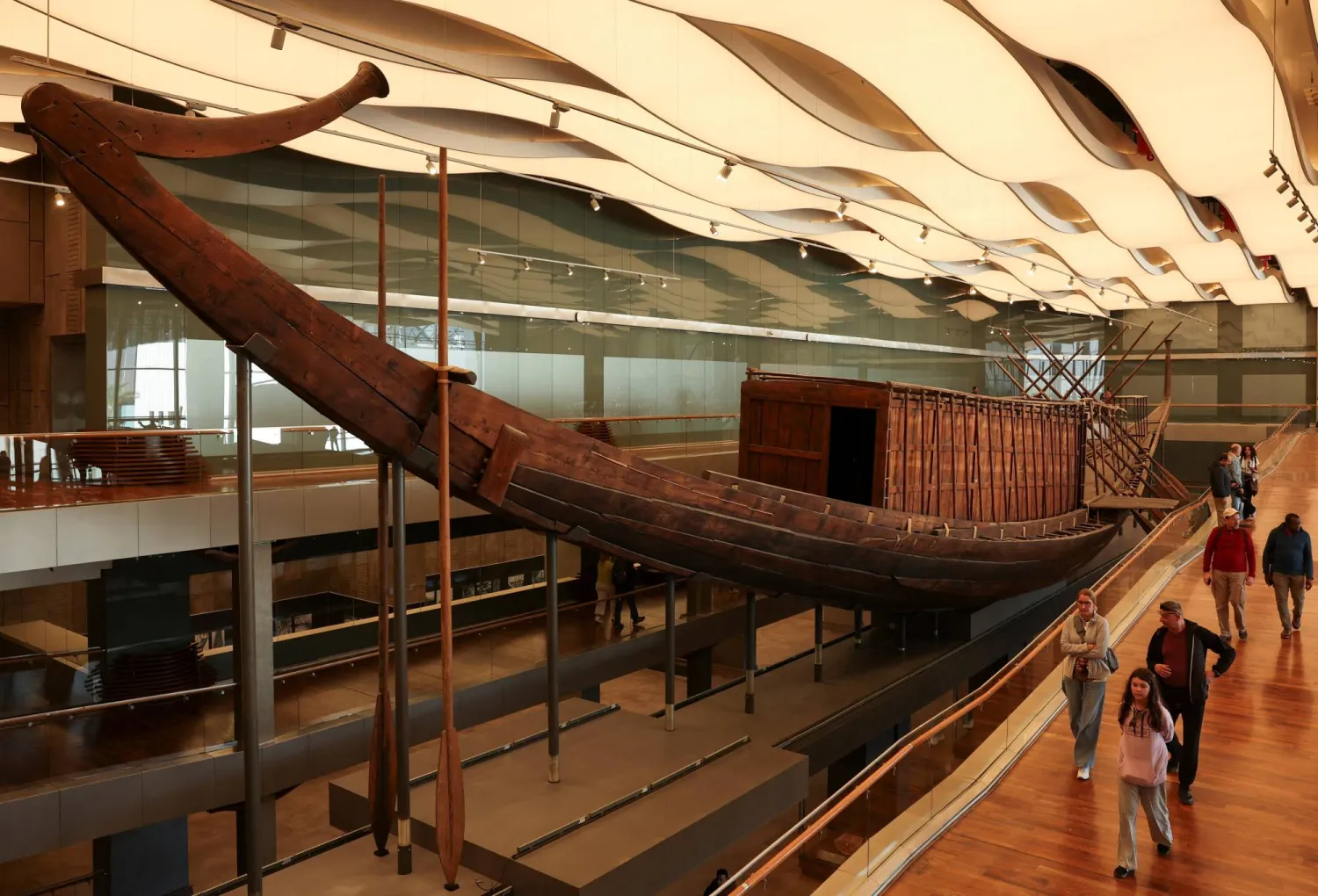The new edition of the Riyadh International Book Fair (RIBF) is offering its audience millions of books and new titles from the Arabic library, and also offering a wide space for intellectual and cultural dialogues that revive the evenings of the Saudi capital with publishers, intellects, and content creators from all over the world.
The corridors of the fair were crowded thanks to its new location at the King Saud University, and its organization over an area of 50,000 sqm. People have been touring seamlessly to visit the pavilions of over 1,800 publishers partaking from 32 countries and displaying millions of titles. The setup also features halls for the training workshops and platforms for the discussion evenings, which look into various topics on the intellectual movement and the Arabic creativity.
The Oman pavilion... history and art
RIBF is hosting a folkloric Omani group that performs popular arts reflecting the diversity and richness of the country. The Sultanate of Oman is the guest of honor of this year’s edition of the fair. Its pavilion displays diverse aspects of thought, culture, literature, art, and heritage, and hosts seminars, poetry evenings and art shows in which partakes an elite of Omani novelists and intellects.
Mhanna al-Qamshoui from the Omani Ministry of Culture, Sports, and Youth, said the visitors flocked to the Sultanate’s pavilion right after the opening, looking to explore the rare Omani manuscripts, the art exhibition, musical shows, and VR presentation on the Sultanate, as well as a Majlis serving Omani goods and popular sweets.
Qamshoui added that the pavilion exhibits a collection of rare manuscripts that reflect the Omani cultural history and its role in the Arab world, the connections among Arab countries and people throughout history, and their civilizational role in advancing humanity and serving various scientific and cultural purposes.
Visitors of the Omani pavilion have been given the opportunity to enjoy a collection of rare manuscripts including the oldest ever, which was written in 1137. The pavilion is decorated with a mural inspired by the Jabreen Castle built by Bil'arab bin Sultan bin Saif Al Yarubi in 1670.
Outdoor area... coffee and books
In the outdoor area, visitors can take a break in the coffee shops and partake in the intellectual discussions before resuming their tours.
The area also hosts theater shows and Saudi and Omani performances that entertain the visitors with cultural ambiances that highlight the historic connection between humans and books, and the significance of literatures for Arabs, as well as honoring the symbols of culture, thought, and poetry in the region.
Qamshoui announced that the Omani Orchestra will attend the RIBF in the few coming days to share its musical creativity with the Saudi audience, and expand the Omani experience in the heart of Saudi Arabia.









